Content:
Recently, organic farming has become very popular, when the land plot receives nutrients without mineral fertilizers and chemicals. To obtain organic fertilizers, a composter is usually used.
Description of home composters
A home composter is a device that allows you to recycle waste from the kitchen table, resulting in an organic fertilizer useful for the garden and vegetable garden - compost. The device will reduce the cost of garbage disposal and the purchase of fertilizers.
To process waste into fertilizer, the composter takes from a day to 2 weeks, while compost from an ordinary heap in the country will be ready for use on the site in a year. The composters create optimal conditions for microorganisms. The process can be accelerated by introducing a special leaven.
Application area
A composter for an apartment differs from a similar device for giving in volume, design, degree of automation and principle of operation. In an apartment, the resulting product can be used to feed indoor plants or be collected before leaving for the country. At the summer cottage, a lot of compost is immediately prepared, because the size of such devices is much larger. In summer cottages, composting usually takes place in the summer. If you have a home composter for food waste, the process of converting organic waste into fertilizer can be continued in winter.
The main product - compost - and the by-product - EM-liquid - is used mainly for fertilizing the beds, applying under fruit trees. But the liquid also has unexpected uses. If there is much more of this liquid than your home greenhouse consumes, you can pour it down the toilet to make it cleaner. The wonderful liquid will cope with the cleaning of sewer pipes, remove the smell in the outdoor toilet.
Types of home composters
Different types of home composters are distinguished according to different characteristics.
The principle of action is distinguished:
- Box.
- Thermocomposter - works like a thermos.
- Vermicomposter - compost is formed in it with the help of earthworms. Eating organic waste, they form biohumus.
By design features, there are classic composters and drum automatic devices. The classic style composter looks like a crate, box, barrel or bucket. Vegetable debris is placed in this container in layers. Among the classic composters, open and closed structures are distinguished. In closed rooms, the process is faster.
In rotating structures, composting is faster than in stationary ones, due to the greater air flow provided by mixing the layers when the structure rotates.
How home composters work
To create compost, four conditions are important:
- air access;
- high humidity;
- the presence of microorganisms;
- heat.
By itself, food waste does not turn into fertilizer. They need help by placing microorganisms in the device. Where can I get them? There are special EM fluids already containing them. Among them are EM drugs called EM1, Baikal, Radiance and others. A liter of liquid is enough for a bucket of water. A liquid diluted in water is poured over each layer of waste when composting is first started. Next times it will not be needed, since the resulting compost will be used for this purpose.
The second way to get compost is to use vermicomposters. In the composting process, earthworms participate in them. Their waste products are an excellent growth stimulant for plants and contain substances that repel insect pests. In this device, several containers are placed on top of each other, the waste and the population of worms are placed in the lower container, the contents of which are necessarily watered regularly. The worms gradually crawl from the lower compartments to the upper ones.
Advantages and disadvantages of home composters
The advantage of all composters is that they allow you to get high-quality fertilizer from the garbage that is usually thrown away.
But not every composter will live up to the owner's expectations. So, the use of a homemade EM bucket in an apartment is almost always accompanied by a not very pleasant smell (in devices manufactured in an industrial way, it is slightly less due to the tightness of the lid).
In industrial thermocomposters, the temperature required for the formation of organic fertilizer is maintained at about 40 degrees.
Vermicomposters provide a higher quality product, however, it becomes necessary to maintain special conditions - temperature and humidity, oxygen access. The waste needs to be finely chopped.
In metal containers moisture is well retained, which makes the compost moist and denser. Plastic composters are resistant to low temperatures and UV rays.
Ready-made industrial composters have a more aesthetic appearance. Their disadvantage is that they have a fairly high price.
DIY EM composter bucket
The composter bucket is usually installed in the apartment. With its help, a family of 3-4 people can receive about 500 kg of organic fertilizer per year. You can make such a bucket yourself.
Algorithm of actions:
- An ordinary plastic bucket is taken and a low lattice stand made of any material is placed on its bottom.
- A garbage bag, in which the bottom is pre-pierced, is placed on top, put on the bucket in the usual way.
- Waste is laid in layers, each layer is watered with EM-liquid.
- The waste is pressed down with a load, cover the bucket with a lid and leave it closed for 5-7 days.
When the kitchen rubbish has turned into compost (after about a week), it is dried to a powdery state. Next time, instead of a purchased EM drug, the powder obtained the first time is used.
Which composter to choose for your house and apartment?
It is impossible to unequivocally answer the question of which composter is better, it all depends on the priorities of the person. The choice of a device for converting waste into fertilizer for the home usually goes between homemade models and their industrial versions. Those summer residents who follow the design of their site and are not very limited in funds prefer industrial models. Among them, you can find interesting shapes in the form of a decorative stone or a mound, which can even decorate a personal plot.If only the functionality of the composter is important, then it is quite possible to make it yourself. And if speed is a priority, then it is logical to choose a rotating EM composter, with its help the ready-made organic fertilizer will appear in 2 weeks.
They put a compact homemade kitchen composter or a factory-made eco-bucket in the apartment. The second is preferable, since it provides for the discharge of the resulting liquid, which is not in an ordinary bucket. The smell accompanying the fermentation process is almost not felt in the factory composter, which cannot be said about the home-made device.
Home composters do not take up much space in the apartment, industrial models are practically odorless. They are ideal devices for those who do not want to throw table residues in the trash can, but want to obtain organic fertilizer for home or garden plants.
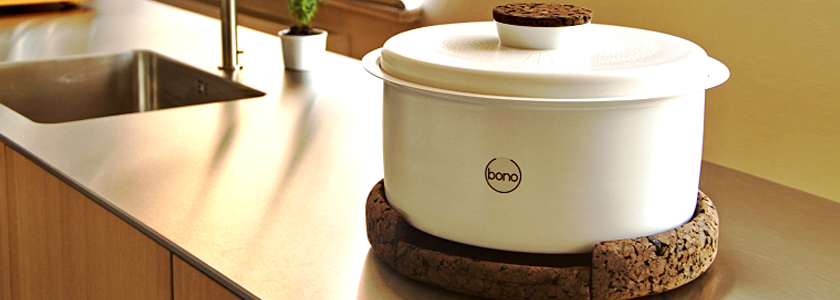
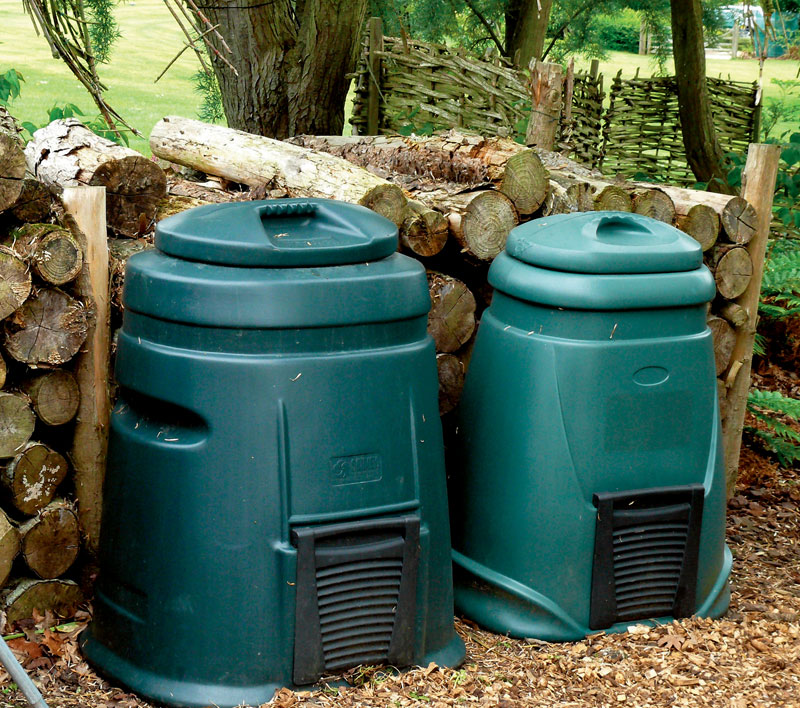
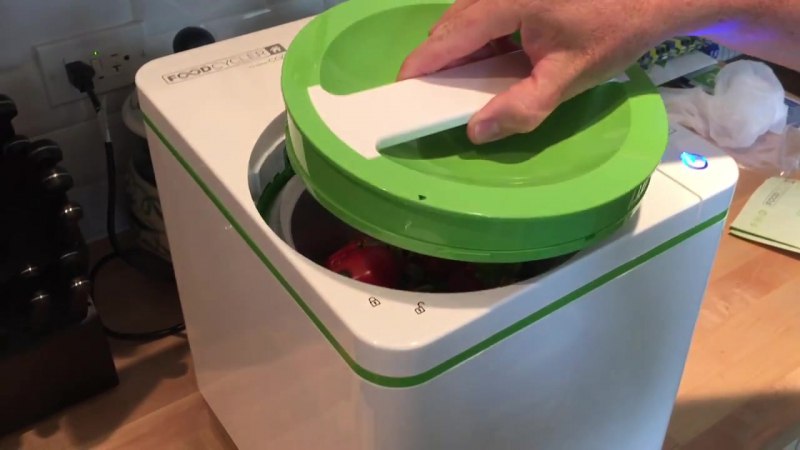
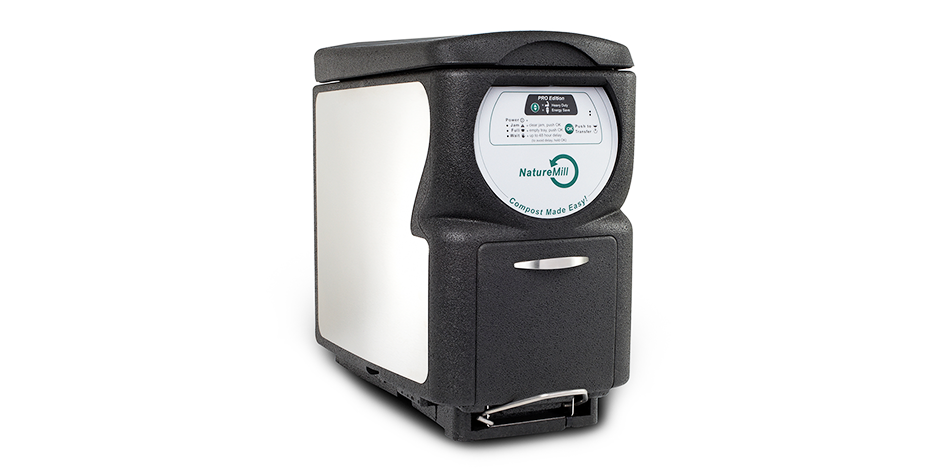

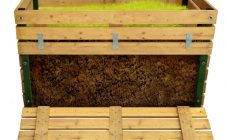
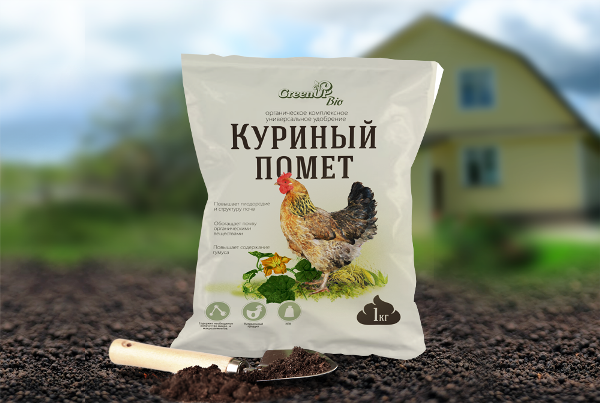

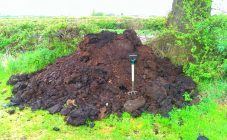
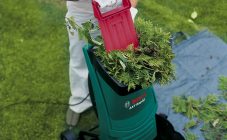







Thanks for the info.